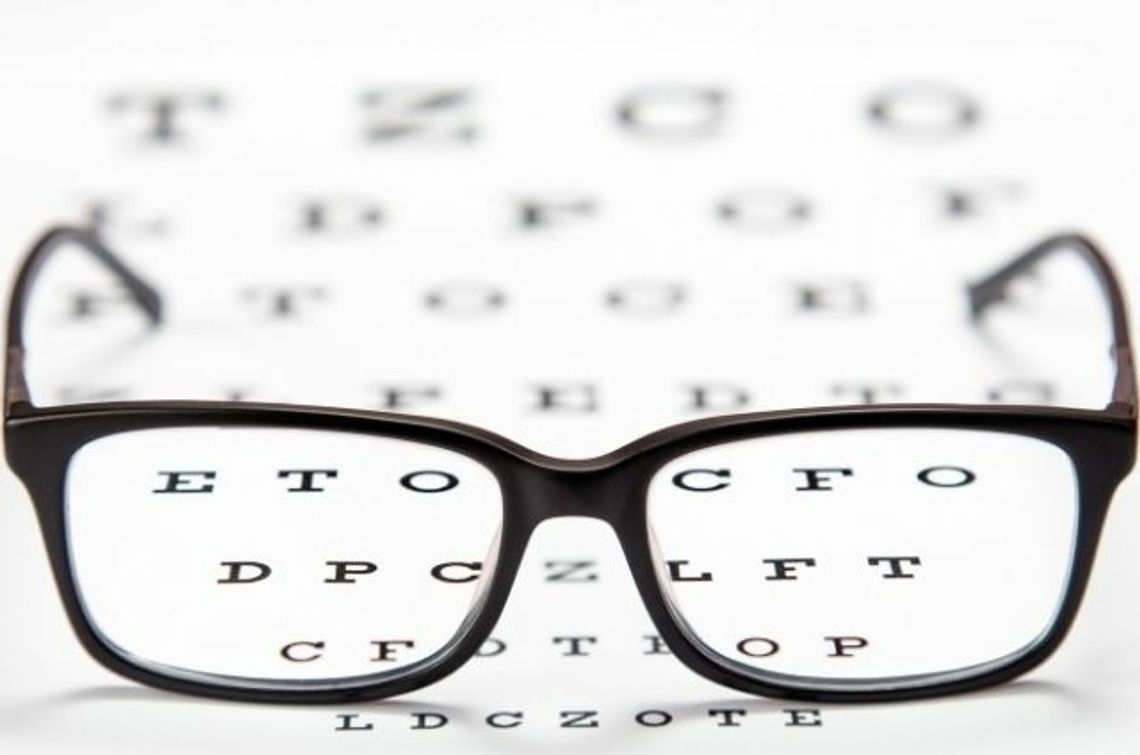We’re hard-wired to protect our eyes. If someone has ever pretended to poke you in the eye, think about how realistically your body took the threat by blinking or flinching. So, when proper eye care intersects with people’s reflexive protection, the result is often high anxiety. This can make a visit to the eye doctor difficult, or even cause patients to avoid their appointments altogether. This means patients who need eyeglasses will avoid necessary examinations because they fear the discomfort so much, leaving them to struggle with daily living or even fail eye tests necessary for driving.
You can’t blame anxious patients, nor can you shun them. Again, that fear of having our eyes touched is an outgrowth of a natural response. What you can do is assuage their concerns with attention to common triggers for anxiety. Consider these ways for how to calm an anxious patient during an eye exam to make sure that these patients receive the eye care they need without being overwhelmed by stress.
Keep It Mellow
Every appointment begins in the waiting room, so it is important to set a calming and welcoming scene for patients who are nerve-wracked about having their eyes examined. Try to use softer lighting with calming classical or ambient music. It may seem obvious, but you may be surprised how many offices have waiting rooms with bright fluorescent lights and top 40 music.
Be Communicative
Most people seldom visit their eye doctor, so while they’re familiar with their general practitioner’s tools, an ophthalmologist’s tools may seem foreign and intimidating. Take time to familiarize your patient with the tools you’ll be using during their exam. Make sure patients know that your lines of communication are open—solicit dialogue with patients who seem quiet and anxious and answer any questions they have.
Safety Is Key
Once again, we’ve evolved to keep our eyes safe from outside damage, so it’s natural for patients to be concerned with safety. Ascertain that your patients are aware of the safety and sterility of your instruments. The tonometer, for instance, is a key tool of the eye exam, but patients may be concerned by its frequent use.
Clean part of or all of the tonometer in sight of the patient to show that the cleanliness of your instruments is a top priority.
Knowing how to calm an anxious patient during an eye exam will not only make for more effective examinations and better outcomes, it may also pay professional dividends. Being known as an ophthalmologist who takes great care to reduce patients’ anxiety could secure recommendations and referrals that less observant ophthalmologists miss out on.


Comment
Comments